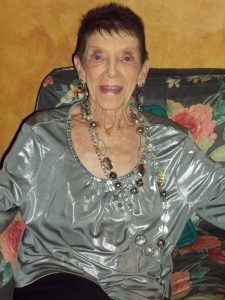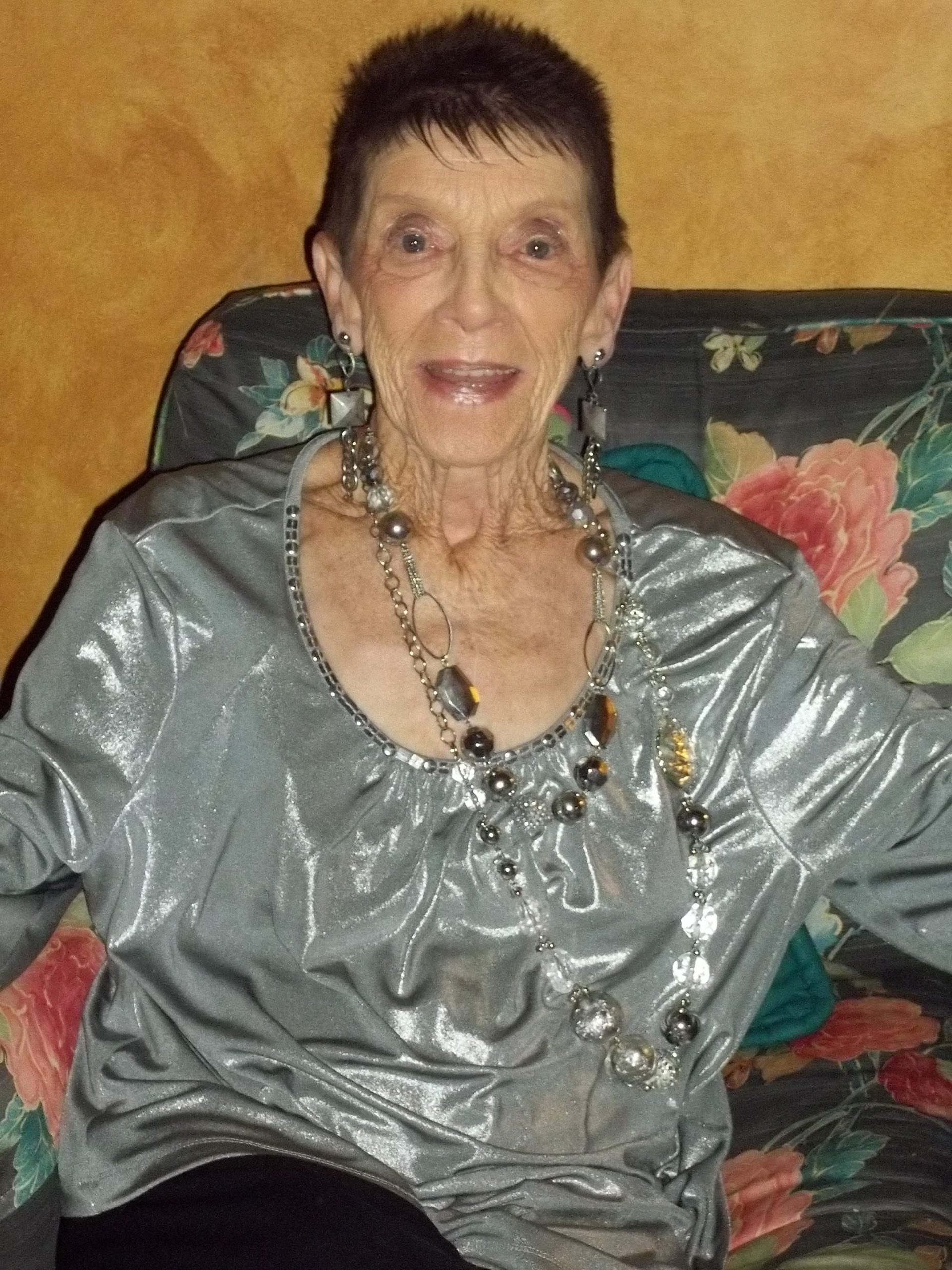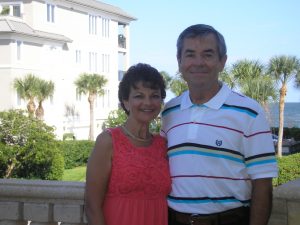You Are All Heart Heroes! We want to honor and thank our UNC Heart & Vascular team members in Vascular Surgery during American Heart Month.

What do Albert Einstein, Lucille Ball, George C. Scott, and John Ritter have in common? They all died from aortic disease.
Einstein and Scott suffered from abdominal aortic aneurysms while Ritter and Ball experienced aortic dissections. More than 15,000 people a year die from ruptured aneurysms, with the incidence of aortic aneurysms tripling in the United States in the past 30 years, probably due to aging in the population. Abdominal aortic aneurysms are the third leading cause of sudden death in men over 60.
Aneurysms are often called a “silent killer,” as patients often have no symptoms until their aneurysm bursts. Almost 75 percent of all patients with a ruptured aneurysm die from the condition, which is why screening is crucial for people at highest risk.
Aneurysms
Aneurysms are a ballooning and weakening of the arterial wall and occur in almost any artery in the body. If an aneurysm grows large enough it may lead to rupture, internal bleeding, shock and death.
Aortic aneurysms occur in the aorta, which delivers blood from the heart to organs throughout the body. Thoracic aneurysms occur in the section of the aorta located in the chest, while abdominal aneurysms can occur in any section of the abdomen, including the intestines and kidneys.
Aortic Dissection
An aortic dissection begins when a tear forms in the innermost lining of the aortic wall. When the tear occurs, blood leaks into the aortic wall, causing separation of its layers. This leads to intense pressure in the aortic wall and a high risk of rupture. Aortic dissections may also limit the flow to several important organs including the heart, brain, liver, kidneys, intestines, spinal cord and legs. Aortic dissection is a life-threatening emergency and is frequently fatal.
Risk Factors for Aortic Disease
- Family history
- Heart disease
- Hardening of the arteries (atherosclerosis)
- Uncontrolled high blood pressure (hypertension)
- Trauma to the chest or abdomen
- Smoking
- Obesity
Aortic Screening
Early detection of aortic disease is proven to save lives. Preventative screening in high-risk patient populations and treatment of individuals with aneurysms have saved thousands of lives each year.
- Each year approximately 200,000 people in the U.S. are diagnosed with abdominal aortic aneurysms.
- Because many do not experience any symptoms, it’s estimated that more than one million people are living with an undiagnosed abdominal aortic aneurysm.
- Fortunately, at least 95 percent of these aneurysms can be successfully treated if detected prior to rupture.
Source: AAAneurysm Outreach
Finding and treating an aortic aneurysm before the aneurysm ruptures is vital for patient survival. Former presidential candidate Bob Dole had an abdominal aortic aneurysm in 2001 and was successfully treated with vascular surgery.
Find out if you need to be screened for aortic disease
Medicare has free and low-cost options for aortic screenings. Some private insurers offer low-cost screenings for those over age 50 with familial risk. Check with your insurance provider about low-cost aortic disease screenings or contact UNC Aortic Disease Management at 919-843-2867, aorticnurse@unch.unc.edu or online at uncheartandvascular.org.
Once a year, UNC Aortic Disease Management offers free screenings for aortic disease. To receive information about their next free screening, call 919-843-2867 or email aorticnurse@unch.unc.edu.
Treatment for Aortic Disease at UNC
UNC Aortic Disease Management offers aneurysm screening and treatment with the most advanced diagnostic technologies available and renowned specialists to interpret and explain the results to the patient, then map out treatment strategies for those found to have aortic pathology.
Ninety-five percent of UNC Health Care aortic disease patients who require procedures can now be treated with minimally-invasive techniques. UNC has access to many minimally-invasive procedures not available in other major medical centers, and patients treated with these procedures are, in general, able to heal faster and with less pain, and return home sooner, with the least disruption to their lives.
Survivor Stories: Aneurysms
“I would not have made it without UNC”
In February 2011, Betty Reynolds went shopping near her home in Waxhaw, NC. It started off as a normal day, but during the shopping trip, she began to have stomach pains. Thinking it was simply an upset stomach, she pushed on to complete her shopping.
By the time Betty arrived home, she was much worse. Her husband, Bill, took one look at Betty and insisted on taking her to a local urgent care clinic, where the doctors suspected Betty’s discomfort was more than a stomach ache. Betty was transported via ambulance to Presbyterian Hospital in Charlotte, where she was diagnosed with both an ascending and aortic arch aneurysm and a descending aortic aneurysm.
She was immediately scheduled for surgery. As her body was not strong enough to endure the repair of both concurrently, it was decided to address the more serious ascending aneurysm, and then monitor the remaining descending aneurysm for the time being. The procedure entailed open heart surgery to administer the aortic arch aneurysm repair.
“I was in God’s hands,” Betty said. “My doctor told my family I would be lucky to survive.” In fact, Betty’s heart did stop beating for a short period of time during the procedure, but she was successfully resuscitated and the surgery was completed.
However, recovery from the open chest surgery was a slow, painful, and stressful ordeal for Betty, and several months later, it was determined that the descending aneurysm had grown significantly in size and needed to be addressed. Betty said, “I couldn’t handle any more surgery.”
According to Betty’s family, the doctors in Charlotte told her that her arteries were too small for the commercially available devices that could repair her aneurysm, unless they made incisions in her abdomen to get to larger vessels to deliver the device.
Not relishing another open chest repair and recovery, Betty’s family went to work to find a vascular surgeon that specialized in endovascular aortic repair. In an endovascular repair, the surgeon would not have to open up Betty’s chest or abdomen. The procedure would take place through Betty’s veins and arteries, which unfortunately were extremely tiny. She needed something special that they just did not offer in Charlotte.
At the same time, Mark Farber, MD, Director of the UNC Aortic Disease Management program, was enrolling patients in a new trial to repair descending aortic aneurysms using a new stent graft.
Dr. Farber says, “The new stent graft was considerably smaller than anything else available. We immediately scheduled Betty for a clinic evaluation because we knew we could help her.”
The study, entitled the Zenith TX2 TAA Low Profile Study, is only offered at two sites in North Carolina. Betty was found to be a match for the new clinical trial, so she traveled to Chapel Hill in March 2012 for her endovascular procedure. The repair was a success, and Betty’s recovery time was shorter with less pain and discomfort, thanks to the endovascular repair.
“I would not have made it without Dr. Farber,” Betty says. “I could never put into words how kind and sweet everyone is at UNC. It’s been stressful, but wonderful at the same time because of my treatment at UNC. They were absolutely great.”
First patient at UNC to receive new stent graft for pararenal AAA is doing ‘great’ one-year later
Benny Hedrick of High Point, NC received the Zenith p-Branch® stent graft at UNC Hospitals in July 2012 to treat his life-threatening pararenal aortic aneurysm (PRAA). (on right, Hedrick and his wife Debra)
Hedrick’s aneurysm was discovered during an annual check-up with his cardiologist in May 2012. His cardiologist felt something in his abdomen that “wasn’t quite right,” and he was diagnosed with a PRAA, an aneurysm that typically involves or approaches the renal arteries. Historically, the morbidity and mortality rates associated with the repair of a PRAA have been relatively high.
“My aneurysm was up against my renal artery,” explains Hedrick. “Because of the location, it was the opinion of the surgeons that I had to have an open abdomen surgery to repair it.”
Having already survived two heart attacks, Hedrick knew there were a lot of potential issues with an open surgery.
However, a clinical trial to test an “off-the-shelf” stent graft for pararenal aortic aneurysms was underway at the University of North Carolina-Chapel Hill. Mark Farber, MD, director of Aortic Disease Management in the UNC Center for Heart and Vascular Care, was the physician-sponsor of the study.
When the trial started in 2012, only three medical centers in the United States had access to the Zenith p-Branch through special investigator programs, one of which was the trial at UNC led by Dr. Farber.
Hedrick was referred to Dr. Farber by Robert R. Mendes, MD at Rex Vascular Surgical Specialists, who was a former resident, fellow, and attending physician at UNC under Dr. Farber.
“After my tests and exams, Dr. Farber asked if I’d be part of the clinical trial for the p-Branch stent. I felt like he was the right doctor for this. He knows a lot, he’s very confident and very good,” states Hedrick.
During Hedrick’s procedure, the Zenith p-Branch stent graft was guided to the spot of the aneurysm via a catheter placed into Hedrick’s groin. This endovascular technique is minimally-invasive, allowing patients, in general, to return home sooner with less pain, faster healing, and generally provides the least amount of disruption to their lives.
The Zenith p-Branch stent graft may be an improvement over other stent grafts used for aortic aneurysms in that it does not need to be customized for the patient, thus earning the nickname as an “off-the-shelf” graft. The Zenith p-Branch stent graft has two different designs, with different locations for the pivoting renal “windows,” allowing it to fit more patients.
Hedrick’s surgery went very well with no complications, and all of Hedrick’s follow-up appointments have been excellent. “I feel great, and I’m having no issues at all.”